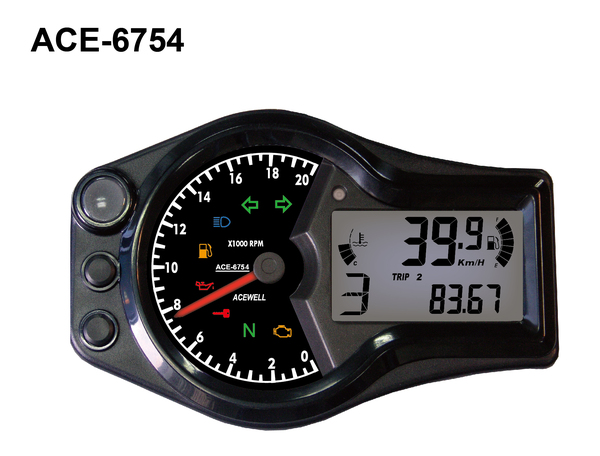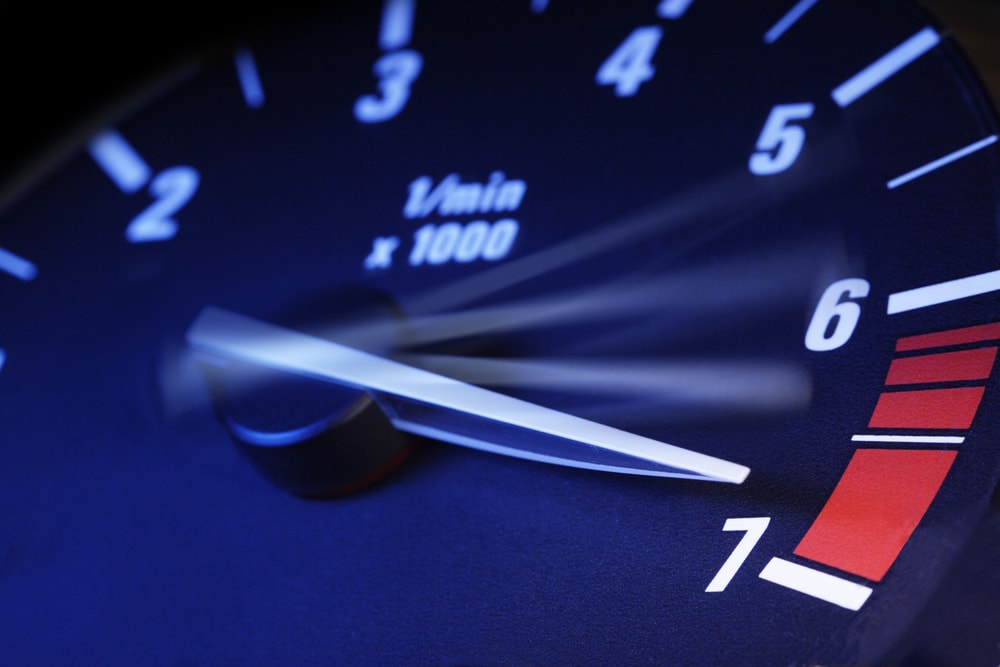Just How a Tachometer Aids Display Engine Wellness and Efficiency
Just How a Tachometer Aids Display Engine Wellness and Efficiency
Blog Article
The Importance of a Tachometer in Monitoring Engine Rate and Efficiency in Automotive Applications
In the realm of vehicle design, the tachometer stands as a crucial tool in the driver's arsenal, offering a direct window into the inner functions of an automobile's engine. Past its feature as a simple scale of transformations per min (RPM), the tachometer offers as a vital device for fanatics and specialists alike, using real-time understandings right into engine performance and health and wellness.
Value of Keeping An Eye On Engine RPM
Keeping an eye on engine RPM, or transformations per minute, is an important element of automobile maintenance and performance evaluation. Engine RPM straight associates with the rate at which the engine's crankshaft turns, indicating how promptly the engine is running - tachometer. By checking RPM, technicians can analyze the health and wellness of the engine, discover prospective issues, and fine-tune efficiency. An uncommon RPM reading may signify troubles such as engine misfires, malfunctioning ignition system, or concerns with the fuel delivery system. Regularly high RPM readings can suggest aggressive driving behaviors or the demand for a greater gear shift to enhance fuel efficiency.
Furthermore, keeping an eye on engine RPM is vital for efficiency assessment in auto racing and high-performance cars. Maintaining ideal RPM degrees is important for attaining peak power outcome and velocity. Racers frequently make use of tachometers to ensure they are running within the ideal RPM variety for optimum performance. In recap, checking engine RPM is not only crucial for spotting problems yet also for enhancing engine efficiency in various vehicle applications.

Benefits of Real-Time Information
In vehicle applications, real-time information plays a critical role in providing instant insights into the performance and condition of the vehicle. By continuously keeping track of various parameters such as engine speed, temperature, gas intake, and extra, real-time information supplies countless advantages that add to enhanced efficiency and safety on the roadway.
Furthermore, real-time information assists in performance optimization by supplying immediate responses on driving practices and engine performance. Motorists can adjust their habits in real-time based on this information to accomplish better fuel economic situation and extend the life-span of their car.

Additionally, real-time information plays a crucial duty in contemporary auto diagnostics, enabling service technicians to quickly identify and resolve malfunctions. This causes reduced downtime, lower upkeep prices, and ultimately, enhanced total vehicle dependability and long life (tachometer). By harnessing the power of real-time data, vehicle stakeholders can make enlightened decisions that positively affect both the efficiency and long life of the vehicle
Effect on Equipment Shifts
The tachometer plays a critical duty in maximizing equipment changes by offering real-time engine speed data to the driver. When approaching the redline on the tachometer, it signifies the vehicle driver to upshift to protect against over-revving the engine and creating prospective damage.
Furthermore, the tachometer aids in achieving smoother equipment shifts, especially in hands-on transmissions. By keeping track of engine speed, vehicle drivers can implement equipment changes at the optimal RPM range, reducing snagging motions and decreasing endure the transmission components. This accuracy in gear adjustments not just boosts driving comfort but additionally contributes to fuel performance.
Enhancing Gas Effectiveness
Given the important duty the tachometer plays in optimizing equipment click this site changes for performance and engine wellness, it straight adds to making best use of fuel efficiency in automotive applications. By offering real-time feedback on engine rate, the tachometer helps vehicle drivers in maintaining the most reliable RPM range for fuel economic climate. When chauffeurs regularly monitor the tachometer and change their driving behaviors as necessary, they can stay clear of unnecessary gas usage created by over-revving or carrying the engine.
In addition, the tachometer assists vehicle drivers recognize the most fuel-efficient equipment to be he said in at any type of provided moment, protecting against the engine from functioning more challenging than needed. This is particularly essential throughout velocity and travelling, where remaining in the ideal gear can substantially impact fuel performance. In addition, the tachometer can alert drivers to potential mechanical issues that can be negatively impacting gas economy, such as a slipping clutch or a stopped up air filter. Finally, the tachometer acts as a valuable device in boosting gas effectiveness by promoting optimal driving behaviors and recognizing locations for improvement in the automobile's efficiency.

Making Best Use Of Engine Durability
The tachometer's duty in keeping track of engine rate and efficiency is important in making certain the durability of automobile engines. By making use of the tachometer efficiently, drivers can enhance engine longevity through conscious RPM management. Consistently revving an engine as well high can bring about extreme wear and tear on critical components, such as the pistons, shutoffs, and bearings. Over time, this can cause decreased engine performance and possible malfunctions. Keeping track of the tachometer enables motorists to remain within the suggested RPM variety for their automobile, stopping unnecessary strain on the engine and prolonging its life expectancy.

Final Thought
In conclusion, the tachometer plays a critical function in monitoring engine rate and performance in vehicle applications. By providing real-time information on RPM, it permits reliable gear shifts, boosted fuel performance, and optimized engine longevity. This device is essential for preserving optimum engine performance and making sure the overall performance of a vehicle.
Report this page